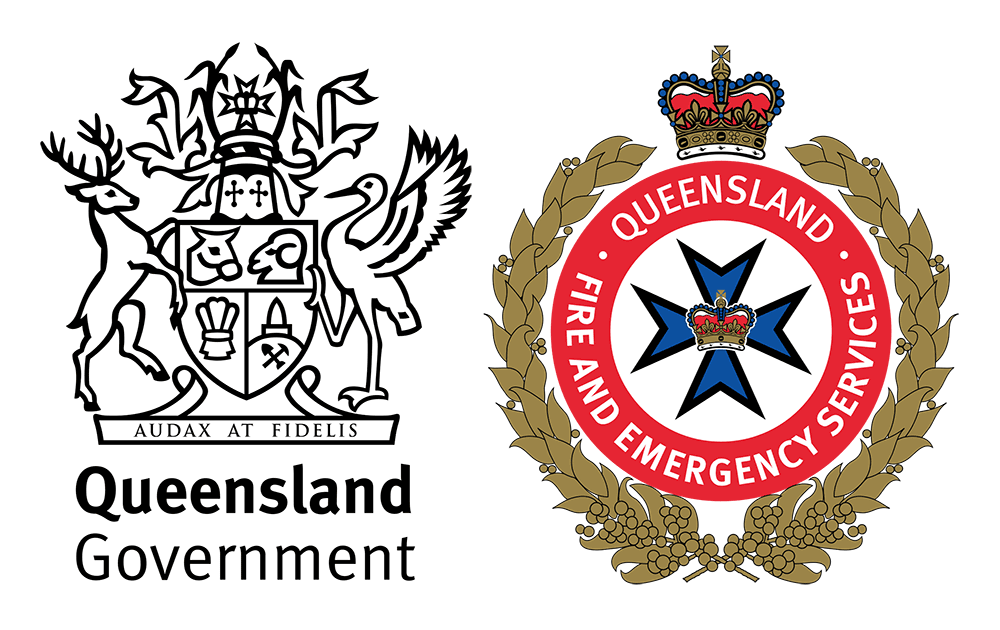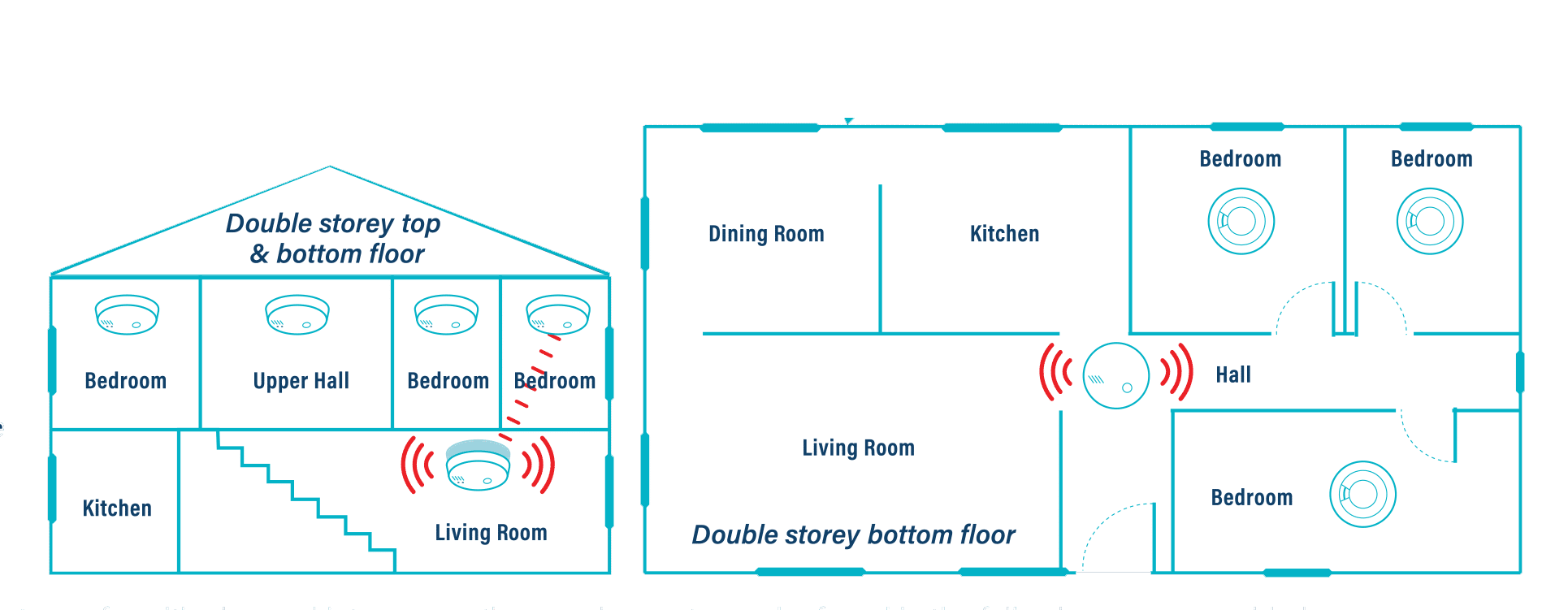Are you a Homeowner?
Your property must become compliant with new legislation by 2027 or before you choose to sell or rent out your property.
Before you sell your property in Queensland it must have interconnected photoelectric smoke alarms in all bedrooms as well as in hallways or areas between bedrooms and be either hardwired or powered by a non-removable battery.
As of the 1st of January 2022, all landlords & real estate agents must ensure interconnected photoelectric smoke alarms are installed in all residential rental properties. With all other dwellings including owner occupied homes transitioning to full compliance by 2027.
Know your obligations and avoid loss of income or worse. At Smoke Alarm Compliance QLD we make compliance simple and hassle free. We do the work for you. You can rest easy knowing we’ll keep you in line with legislation and you’ll have the best smoke alarms on the Australian market. All at a fantastic price.

What’s required by law?
When it is time for your property’s alarms to be upgraded, those alarms must:
- be photoelectric & comply with Australian Standard 3786-2014
- not also contain an ionisation sensor;
- be less than 10 years old;
- operate when tested;
- be interconnected with every other ‘required’ smoke alarm in the dwelling so all activate together;
- all old alarms even hardwired alarms must be removed/replaced with new compatible alarms.
Smoke alarms must be installed on each storey:
- in each bedroom; and
- in hallways which connect bedrooms and the rest of the dwelling; or
- if there is no hallway, between the bedrooms and other parts of the storey; and
- if there are no bedrooms on a storey at least one smoke alarm must be installed in the most likely path of t ravel to exit the dwelling. Smoke alarms must be hardwired or powered by a non-removable 10-year battery, or a combination of both may be allowed.

Any existing smoke alarm being replaced from 1 January 2017 must be a photoelectric-type alarm which complies with Australian Standard 3786-2014.
If a smoke alarm which is hardwired to the domestic power supply needs replacement, it must be replaced with a hardwired photoelectric smoke alarm.
In existing domestic dwellings, it is possible to have a combination of smoke alarms (240v and battery operated) and interconnectivity can be both wired and/or wireless.
What to buy?
Smoke alarms must comply with the Standard AS 3786-2014. The body of the alarm must be marked with AS3786-2014. Don’t get caught out with infereror alarms. We only use the best, smoke alarms backed by a 10 year guarantee.
Exactly where should they be placed?
Where practicable smoke alarms must be placed on the ceiling. Our expert installers know exactly where to install your smoke alarms for optimal protection and adherence to legislation.
- Smoke alarms must not be placed within:
- 300mm of a corner of a ceiling and a wall
- 300mm of a light fitting
- 400mm of an air-conditioning vent
- 400mm of the blades of a ceiling fan.
Become compliant today with Smoke Alarm Compliance QLD and never have to worry about compliance again.
New dwellings and dwellings being renovated
From 1 January 2017, as part of a building approval process, requiring a Building Certifier, all new homes and renovations should have the required smoke alarms installed pursuant to the requirements of the National Construction Code (NCC) formally known as Building Code of Australia (BCA) and the Building Regulation 2006.
What are the standard requirements?
- Smoke alarms in the dwelling must:
- be photoelectric (AS3786-2014); and
- not also contain an ionisation sensor; and
- be hardwired to the mains power supply with a secondary power source (i.e. battery); and
- be interconnected with every other smoke alarm in the dwelling so all activate together.
- The legislation requires smoke alarms must be installed in the following locations:
- on each storey
- in each bedroom
- in hallways that connect bedrooms and the rest of the dwelling
- if there is no hallway, between the bedroom and other parts of the storey; and
- if there are no bedrooms on a storey, at least one smoke alarm must be installed in the most likely path of travel to exit the dwelling.
- detector-placement-1.png detector-placement-2.png
- Smoke alarms must be hardwired, or for existing dwellings, they can also be powered by a non-removable 10-year battery.
- To get everyone out safely during a house fire, it is essential to also have a well-practised fire escape plan.

